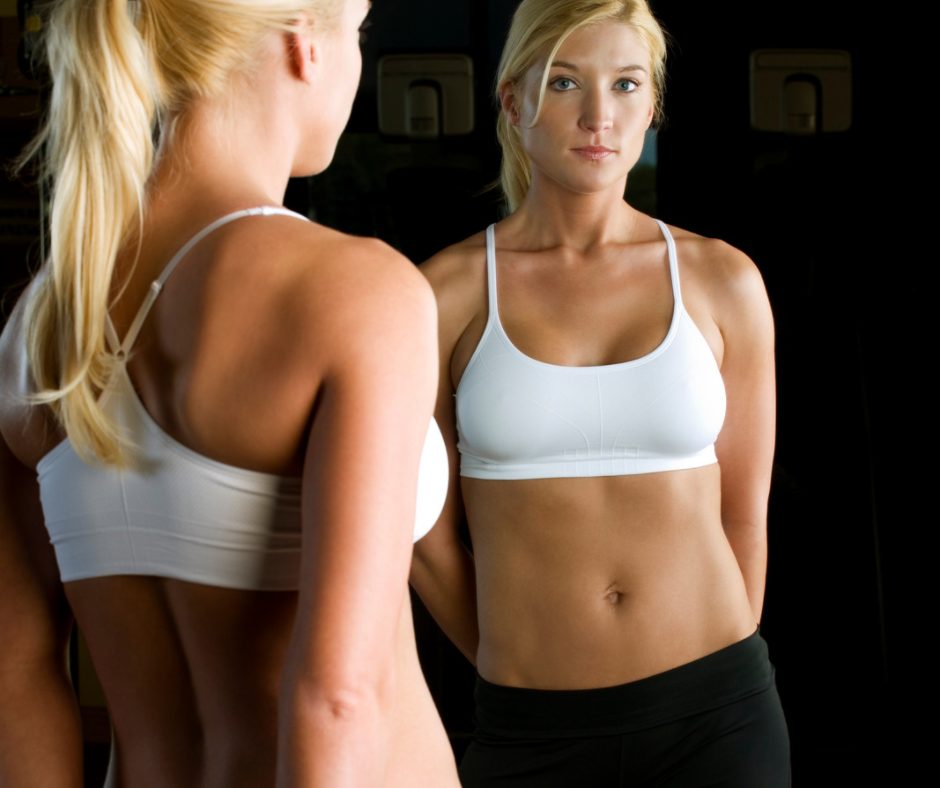
The best online fitness resource you'll ever need. We filter out the BS to ensure you meet your health and fitness goals!

The best online fitness resource you'll ever need. We filter out the BS to ensure you meet your health and fitness goals!

It’s safe to say, without having to even google it, that there is no such thing as a ‘one-size-fits-all diet. Humans are unique individuals who have very bespoke needs, metabolisms, intolerances, and more. Anyone who says there is one diet that is superior to the rest is incredibly naïve and uninformed.
All this is to say that due to the unique nature of the person, it’s not out of the realm of possibility for there to be a diet optimized to your metabolic type.

Before we discuss how to diet for one, let’s briefly discuss the often controversial topic of metabolic type.
If you’ve never heard of them before you may have heard them referred to their other names. Somatotypes. Or simply body types. The somatotype theory was developed by 1940’s psychologist Dr. W. H. Sheldon. He characterized members of the general population into three distinct groups based on their body types.
According to Sheldon, people are either endomorphs, ectomorphs, or mesomorphs.
Ectomorphic individuals were always thin and fine-boned. Endomorphic individuals were round and soft. And mesomorphic individuals were square and muscular.
Interestingly though, Sheldon wasn’t trying to gauge how these specific groups needed to diet. But instead looking to see any correlation between someone’s body type and personality.
Over the years his theories have been debunked but people today still use these somatotypes to describe people and prescribe physical activity and nutritional guidance to them.
The theory has even been updated and tweaked to include additional combinations of somatotypes. Most of the Heath-Carter method scores humans against 10 categories to assign a somatotype. Which sits on a sliding scale.
For example, a weightlifter and a wrestler would both be considered mesomorphic by Sheldon’s standards. But by the more modern depiction, a wrestler borrows from both mesomorphic and endomorphic types. And as such would be known as a mesomorphic-endomorph.

It’s incredibly easy for you to find out what your metabolic type is based on Sheldon’s definitions. Simply have a look in the mirror. If you’re tall and thin, you’re an ectomorph.
If you’re small and soft, you’re an endomorph. And if you’re square and muscular you’re a mesomorph.
This was about as much effort as he put into compiling his research. So, it should be no surprise that it’s easy to categorize ourselves.
There are additional steps you can take of course to get a more accurate reading, such as by using calipers to further define whether you really sit in the ‘soft’ or ‘muscular’ department.
Or perhaps even a DEXA scanner in your gym to determine your body fat and lean muscle mass percentage. But even that is a bit more extreme than is necessary and comes with many expected inaccuracies.
But the most important thing to note is that whatever your somatotype or metabolic type might be, this isn’t you for the rest of your life. Your somatotype, whilst initially genetic, can change over time depending on the outcomes of your training, nutrition, and even your goals.
Your lean muscle mass percentage will change with resistance training, which will alter your basal metabolic rate. Same with your body fat and your overall scale weight.
Your somatotype doesn’t determine your future. Your present and future actions will determine your somatotype. Whilst some body types are more suited to particular sports, it doesn’t mean you can’t partake, train for and eat for another.
In short? It depends.
As mentioned above your metabolic type, your body type can be individual and changeable. And your training protocol and end goal will determine what your nutrition really needs to be.
Say for example you see yourself as an endomorphic ectomorph. This is colloquially known as being ‘skinny-fat’. You have very low muscle mass, maybe even zero lean muscle, but a higher level of body fat. How should you diet for this?
Well, this depends on whether you are obese. Obese should look to eat in a high protein, slightly low fat, and low carb, calorie deficit to satiate yourself and reduce the body fat.
If you are not obese and are a normal healthy weight, then you would be fine to eat at maintenance or maybe even a high protein, higher carb, calorie surplus to support a resistance training program.
When your goals are not training-based, but weight management-based, then your metabolic type may offer some guidance on dieting best practices.
A classic ectomorph typically finds it difficult to put weight on and finds themselves tall and skinny for most of their lives.
This is usually a result of a faster basal metabolic rate which is determined by height, weight, and sex. In this situation, you may do well to consider resistance training, four or five meals a day, and lean protein at every meal. This will fuel size and muscle.
A classic endomorph is typically looking to reduce body fat. This is due to the body’s slower metabolism based on its shorter stature.
In this instance, consider lowering your carb intake and upping your protein intake. This will keep you satiated and reduce your desire to snack.
As ever, resistance training or any activity for that matter would also go hand in hand. You may also like to consider intermittent fasting to reduce those hunger cues.
Finally, a classic mesomorph may well be looking to retain or increase its muscle mass. Perhaps even looking to reduce some of that body fat. Therefore the endomorph plan of more protein is not out of the question.
But also consider eating around maintenance or maybe even in a calorie surplus. High protein. High carb. Fuel those workouts.
But remember, the metabolic type theories have evolved over time to include more individualized circumstances. Everyone is different and there’s nothing to say that you are not an outlier and don’t fit into any of these boxes. You may even be more efficient at digesting food that is against your supposed metabolic type.
Dieting is very much prescriptive in nature. And more often than not trial and error.